Conifers of California, revised
pinetree30
10 years ago
Related Stories

PLANTING IDEASStretch the Budget, Seasons and Style: Add Conifers to Your Containers
Small, low-maintenance conifers are a boon for mixed containers — and you can transplant them to your garden when they’ve outgrown the pot
Full Story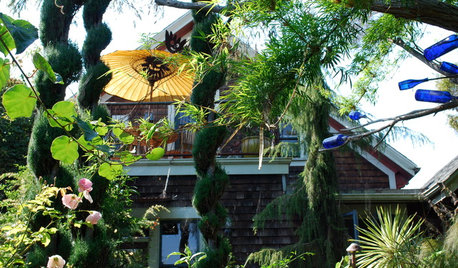
PLANTING IDEASDesigning With Conifers: How to Unite Your Landscape
Create a landscape full of intrigue and artistry with the right placement of conifers and their supporting players
Full Story
GARDENING GUIDESDesigning With Conifers: Finding the Right Garden Bedmates
In gardening, building on commonalities creates an enduring relationship
Full Story
LANDSCAPE DESIGNCalifornia Says Goodbye to the Sprawling Ornamental Lawn
New state rules will effectively limit turfgrass to 25 percent of the landscape in most new and renovated yards
Full Story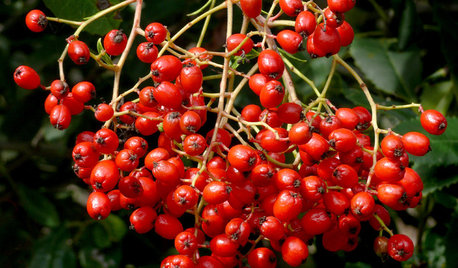
GARDENING GUIDESCalifornia Gardener's December Checklist
Let California's version of holly brighten the winter landscape — or consider another holiday performer from the whole host of choices
Full Story
CALIFORNIA GARDENINGCalifornia Gardener's August Checklist
Pick up some great ideas from these travel-inspired plantings, even if your vacation is in your own backyard
Full Story
EVENTSTour 5 Gorgeous California Gardens
Get a sneak preview of Palo Alto gardens in the 2015 Gamble Garden Spring Tour, happening Friday and Saturday
Full Story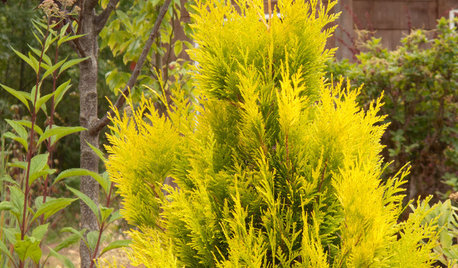
FOLIAGEGreat Design Plant: 'Forever Goldie' Arborvitae
As soft as a teddy bear, this golden conifer adds year-round interest to the garden
Full Story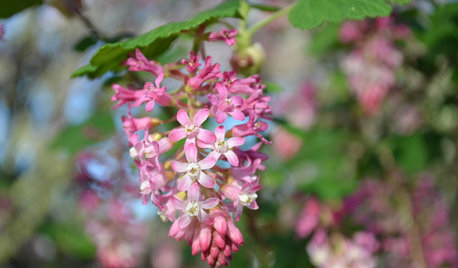
GARDENING GUIDESGreat Design Plant: Feed Wildlife With Flowering Currant
Blossoms and berries make this plant irresistible to birds, bees and other critters — and a treat for the eyes too
Full Story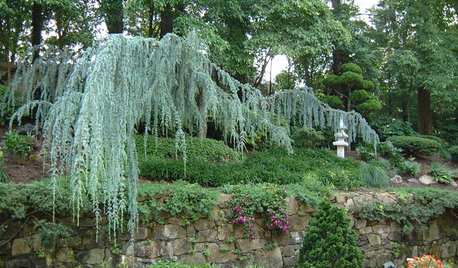
GARDENING GUIDESGreat Design Plant: Cedrus Atlantica ‘Glauca’
With its blue foliage and variety of shapes, blue atlas cedar earns its place in the sun
Full StoryMore Discussions










Sara Malone Zone 9b
pineresin
Related Professionals
Carlisle Landscape Architects & Landscape Designers · Ashland Landscape Architects & Landscape Designers · Baltimore Landscape Architects & Landscape Designers · Hartford Landscape Contractors · Downey Landscape Contractors · Ellensburg Landscape Contractors · Galveston Landscape Contractors · Hannibal Landscape Contractors · Kettering Landscape Contractors · Lewisville Landscape Contractors · Middle River Landscape Contractors · Newnan Landscape Contractors · Pahrump Landscape Contractors · Round Lake Landscape Contractors · South Portland Landscape Contractorsgardener365
Sara Malone Zone 9b
pinetree30Original Author
pineresin
gardener365
pinetree30Original Author
gardener365
Embothrium
pineresin